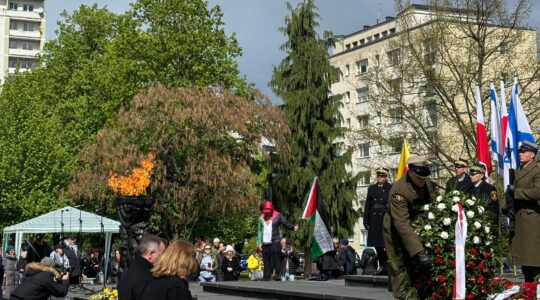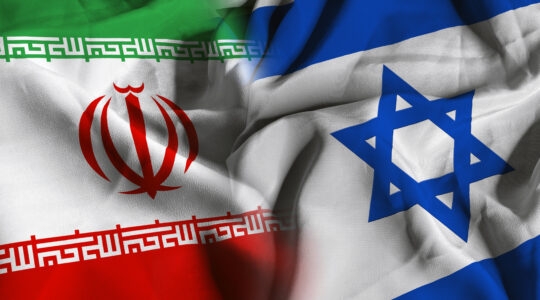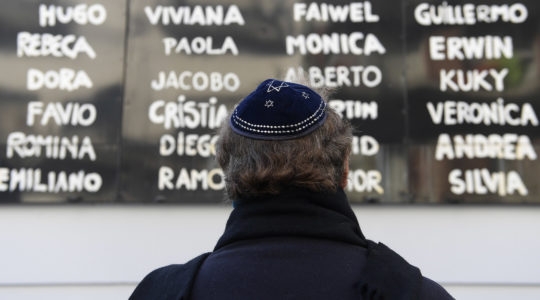.jpg) Brussels Central Station is so unremarkable you could miss it. Even inside, I wasn’t sure I had found the right place.
Brussels Central Station is so unremarkable you could miss it. Even inside, I wasn’t sure I had found the right place.
Two hours later I was in Antwerp, and the difference couldn’t be starker. Four levels of subterranean platforms emerge into a soaring atrium covering a station built in the typical European style. "Antwerpen" is engraved in gold letters above an ornate facade, which evokes nothing so much as a cathedral of transportation.
I thought: Brussels is function, Antwerp form. The capital of the European Union, whole sections of Brussels are dominated by the soulless, totemic architecture of the nascent European supra-state. Antwerp is the home of something far more passion-inducing: the diamond trade. One is the capital of bureaucracy, the other of romance.
But the metaphor falls away fast. The narrow tributaries around the station drain into the Jewish quarter, a drab hodgepodge of buildings creeping up on tiny sidewalks. Bearded Hasidim scurry about on bicycles, apparently oblivious to the opposition their comrades in Williamsburg mounted to a bike lane through their neighborhood. Most of Antwerp’s Jews still derive their income from diamonds, but in defiance of the magnificence of the station, their dwellings betray little of the bling they’re responsible for polishing and shipping off to adorn the bodies of the wealthy.
The Jewish presence is palpable here. After spending a weekend with young, mostly secular Jews, seeing so many Jews walking the streets without a second thought is an important corrective. Is there anti-Semitism in Europe? Of course. But Antwerp suggests there’s more to it. If every Jew in Copenhagen grew a beard and started wearing a kippah, would they be such a ready target?





